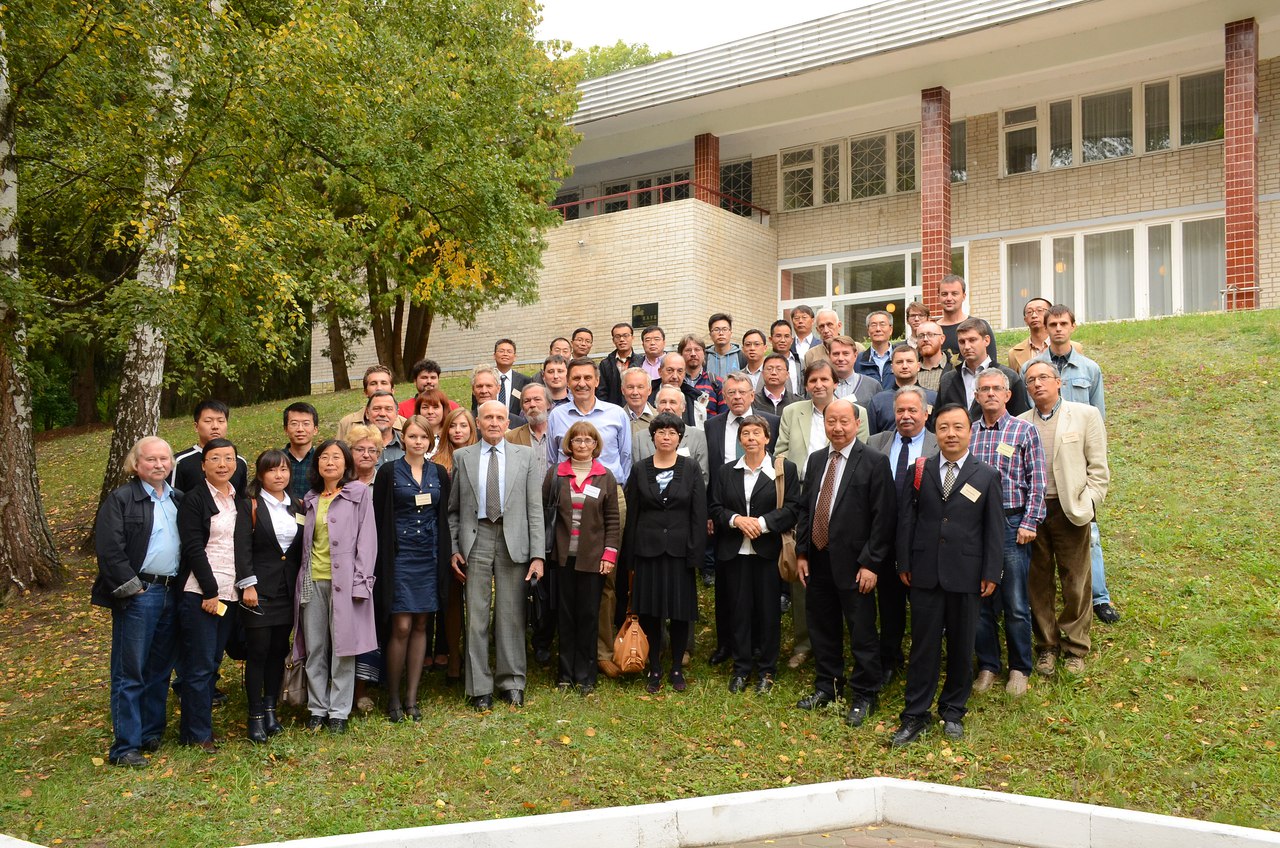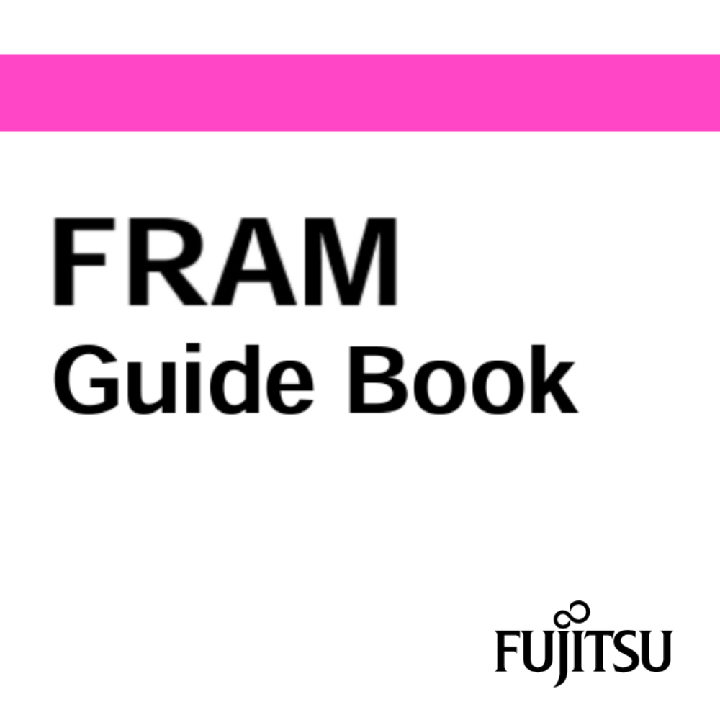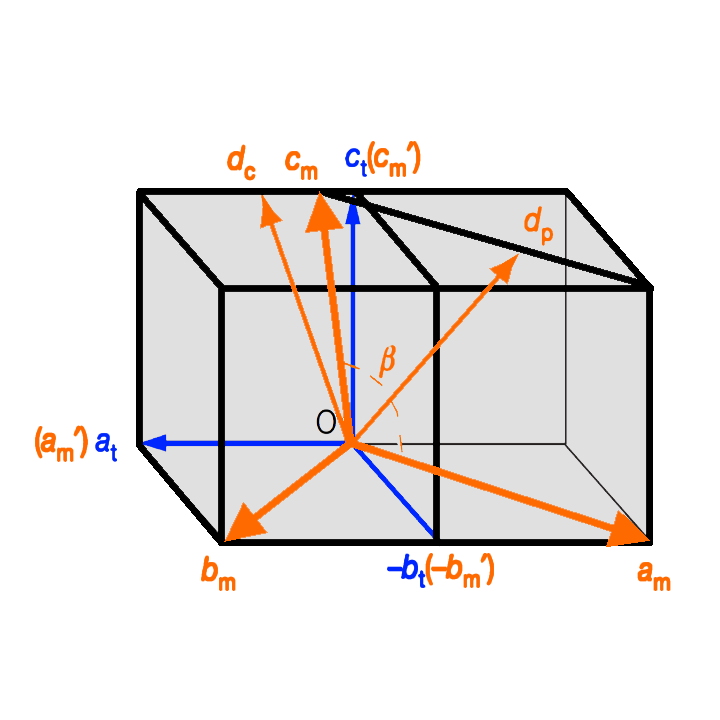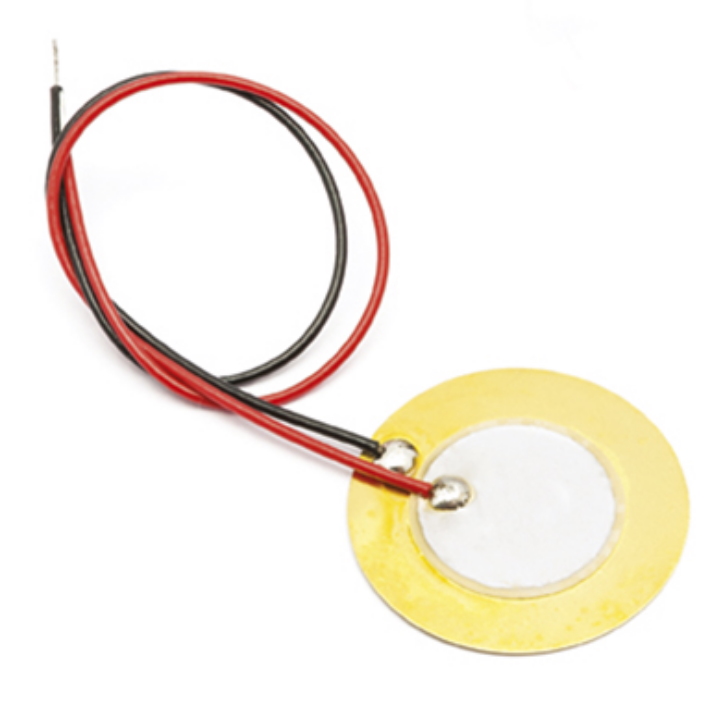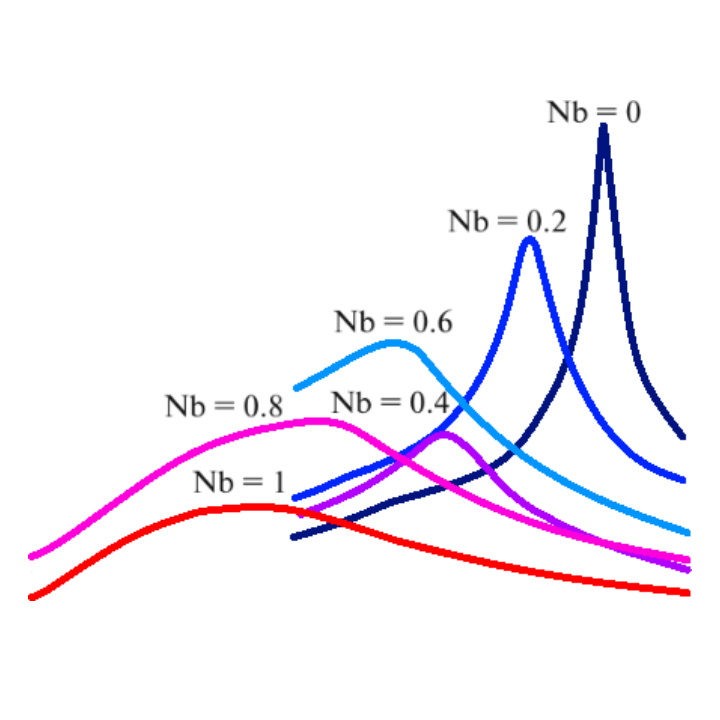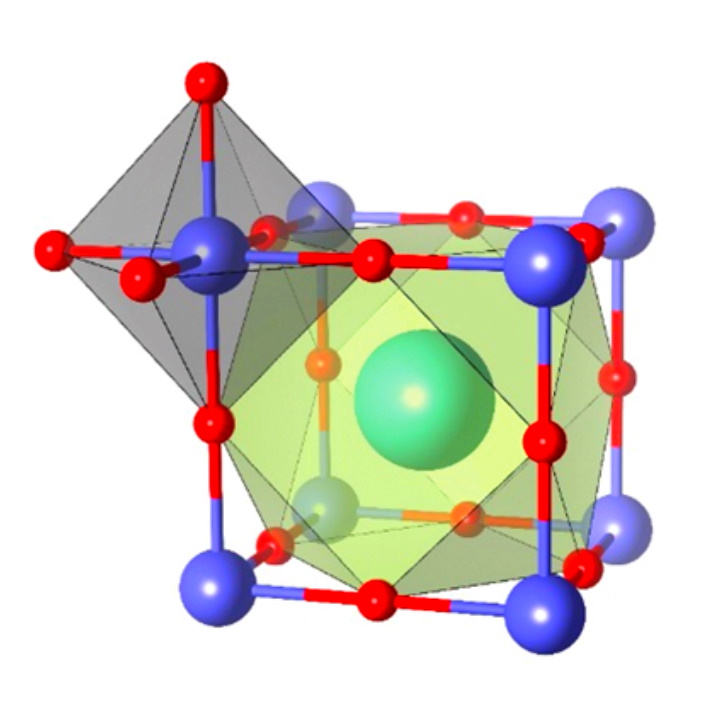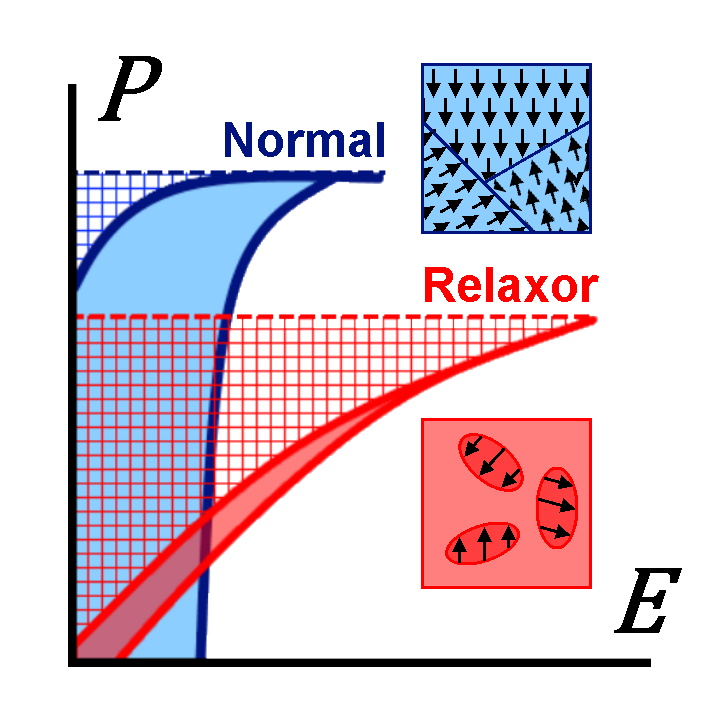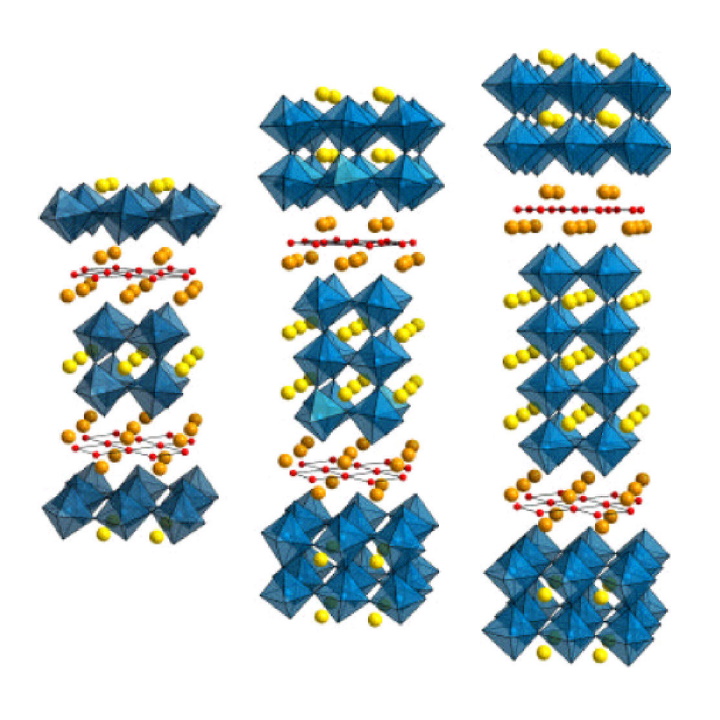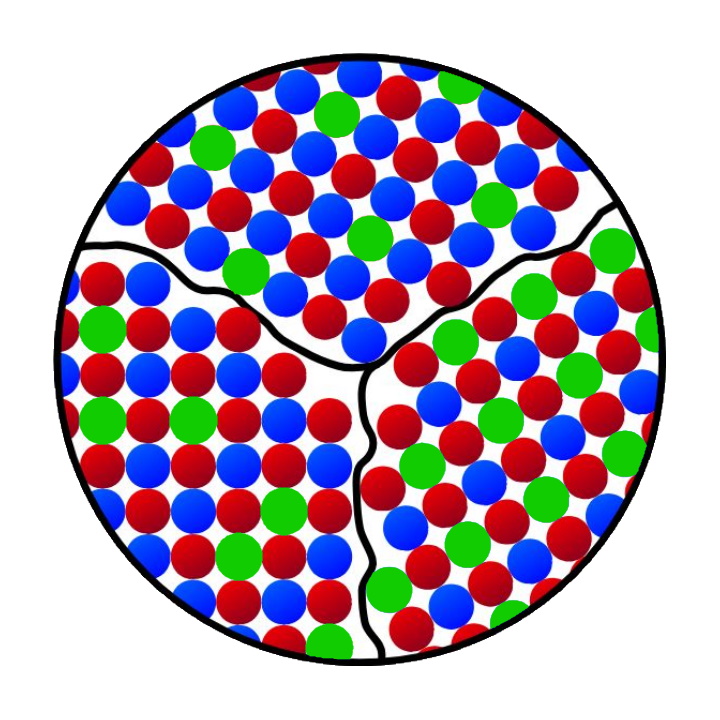Lead-free Ferroelectrics
The project to create solid solutions and ceramics based on them for new environmentally friendly and sustainable nano- and microelectronics materials.
⚡️ Introduction
Ferroelectric is a material with spontaneous polarization, the orientation of which can be changed by means of an external electric field. Such substances have ferroelectric hysteresis (Fig. 1), when the polarization of the material depends ambiguously on the external electric field.
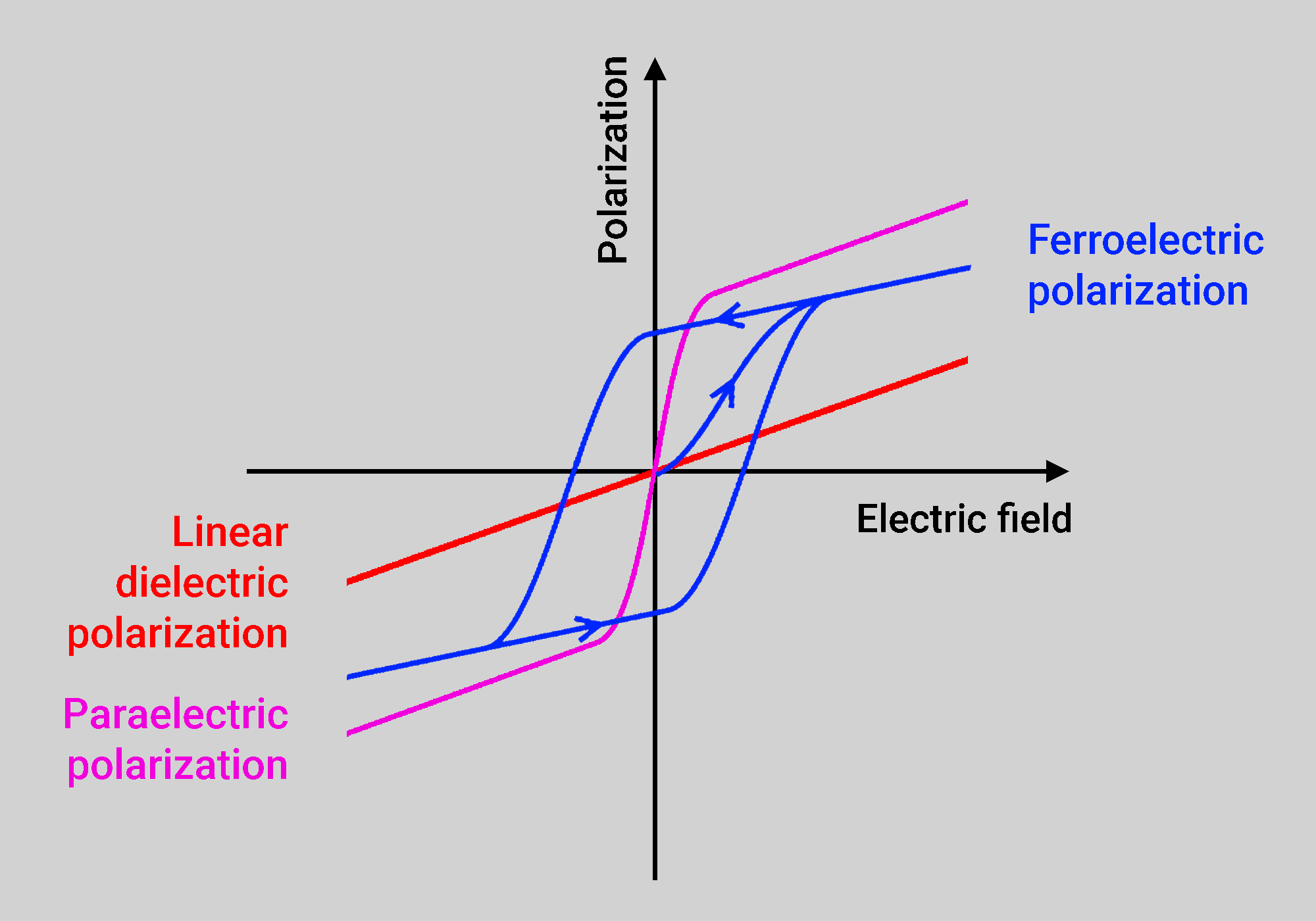
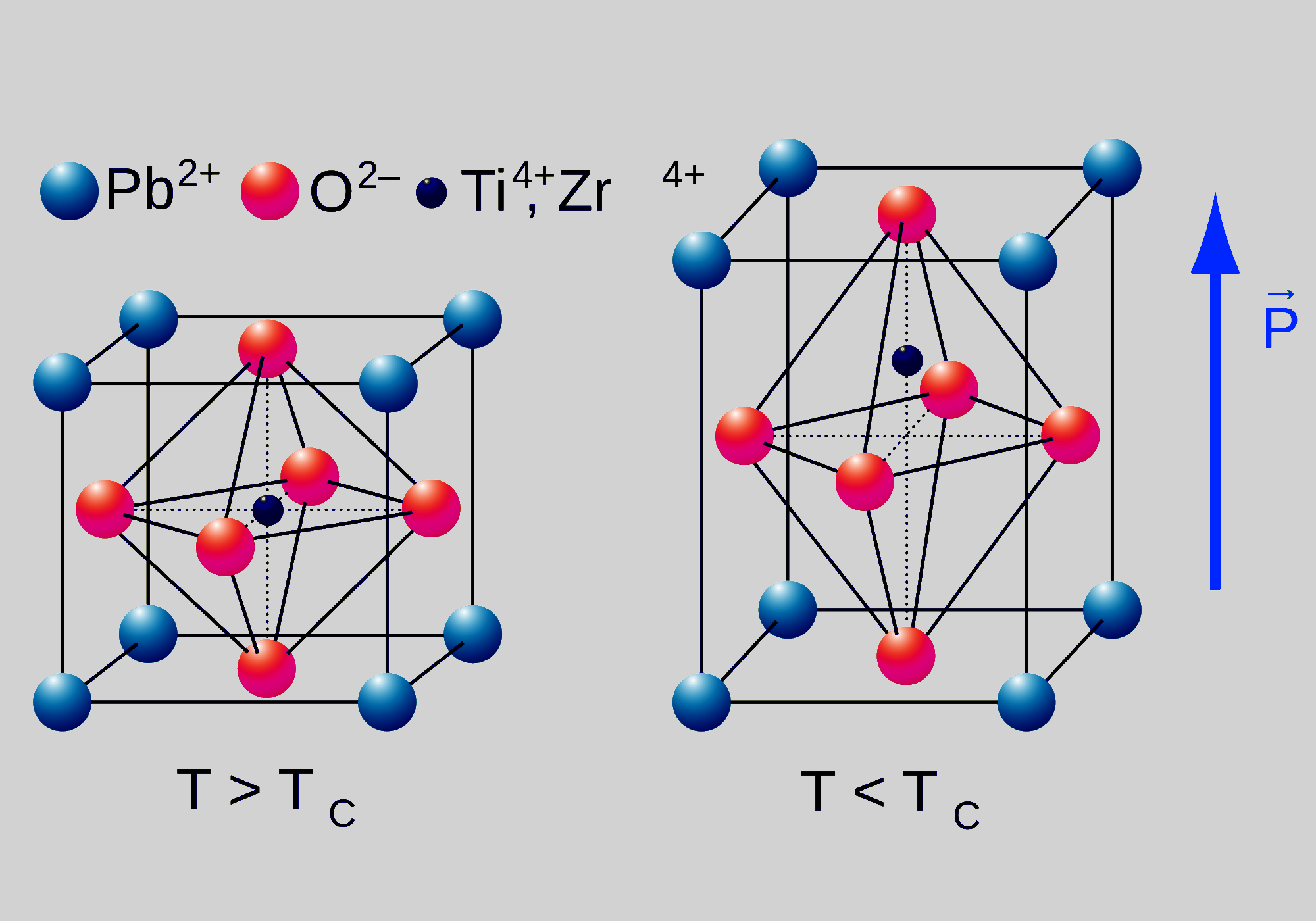
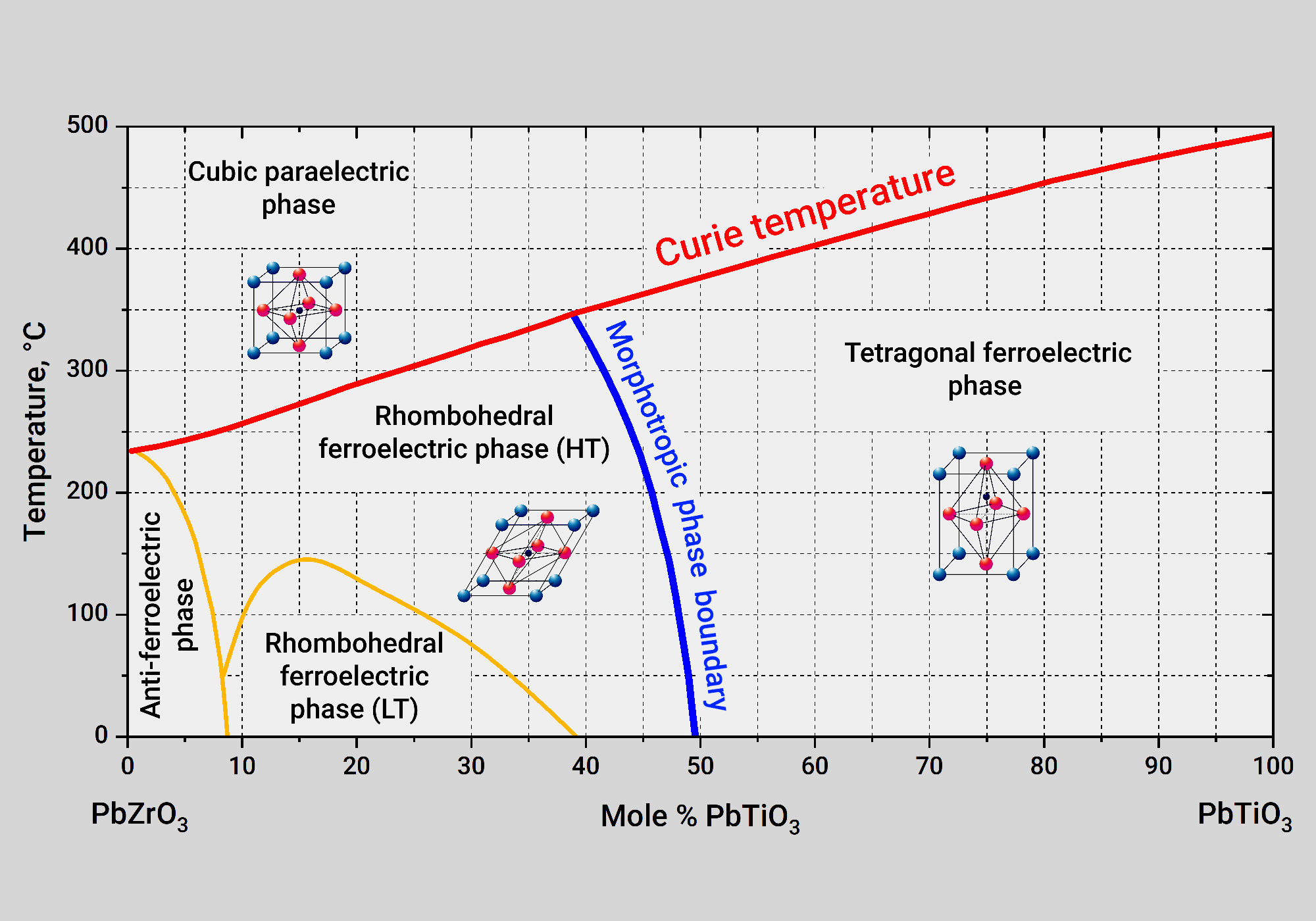
An important ferroelectric material for applications is lead zirconate titanate (PZT) (Fig. 2), which is a solid solution formed between ferroelectric lead titanate and anti-ferroelectric lead zirconate. PZT is a ceramic perovskite material that shows a marked piezoelectric effect, meaning that the compound changes shape when an electric field is applied. Currently, a significant market share of devices based on piezoelectric materials is occupied by devices created using well-studied PZT ceramics.
Different compositions are used for different purposes of PZT (Fig. 3):
- for memory cells (FRAM) a composition closer to lead titanate is preferred (Fujitsu, 2010);
- for piezoelectric applications (ultrasonic transducers or piezoelectric resonators), a material closer to lead zirconate with morphotropic phase boundaries (MPBs) is preferred (Muhtar et al., 2008).
⚡️ Problems
The production of PZT is associated with the processing of lead-containing compounds, which causes significant damage to the environment and human health (Andrew J. & Otmar, 2018). Based on this, many scientific centers are searching for new piezoelectric materials that would have properties superior to those of analogues used in practice (primarily PZT), and also did not contain lead in their composition and would be environmentally friendly materials.
The search for promising lead-free dielectric and piezoelectric materials is currently being carried out in several main directions.
- Synthesis of new chemical compounds of polar dielectrics and study of their structure and properties.
- Preparation and investigation of solid solutions based on previously known chemical compounds in the vicinity of the morphotropic phase boundary.
- Development of methods for obtaining nanostructured bulk ceramic and film samples of dielectrics containing textures with a selected grain direction.
- Identification of new crystalline phases near the morphotropic phase boundary in existing lead-free solid solutions (such, for example, as recently discovered monoclinic phases in PZT), the presence of which leads to a sharp increase in piezoelectric modules and the dielectric constant of the material.
At Voronezh State Technical University (VorSTU), such work is carried out by the Department of Solid-State Physics.
⚡️ Results
During 2012-2016, I was a material scientist at The Laboratory of Ferroelectrics at VorSTU. The areas of scientific interest of our group were: ferroelectrics, lead-free ferroelectric ceramics, ferroelastics, multiferroics, relaxation phenomena in solids, second-order phase transitions.
My goals:
- R&D projects on new lead-free ceramics
- materials design of perovskite solid solutions;
- selection of stoichiometric coefficients for new solid solutions (including Aurivillius phase structures);
- preparation of a mixture of raw materials for the synthesis of a given solid solution;
- production of samples (including high-temperature sintering of ceramic compositions);
- conducting a physical experiment in a wide range of temperatures and frequencies (from −195.75 to 700 °C, from 0.5 to 100 kHz);
- analysis of the obtained results, statistical processing and their theoretical justification;
- materials design of perovskite solid solutions;
- Software development
- utility for finding functional dependencies (Fig. 4);
- utility for automated selection of stoichiometric coefficients for new chemical compounds;
- SCADA-tool for data collection from scientific instruments - electrical capacitance, electrical resistance, the imaginary part of the permittivity, the tangent of the dielectric loss angle and the reactor temperature (Fig. 5);
- Hardware development
- a high-temperature furnace with stable indicators of internal isothermal processes.
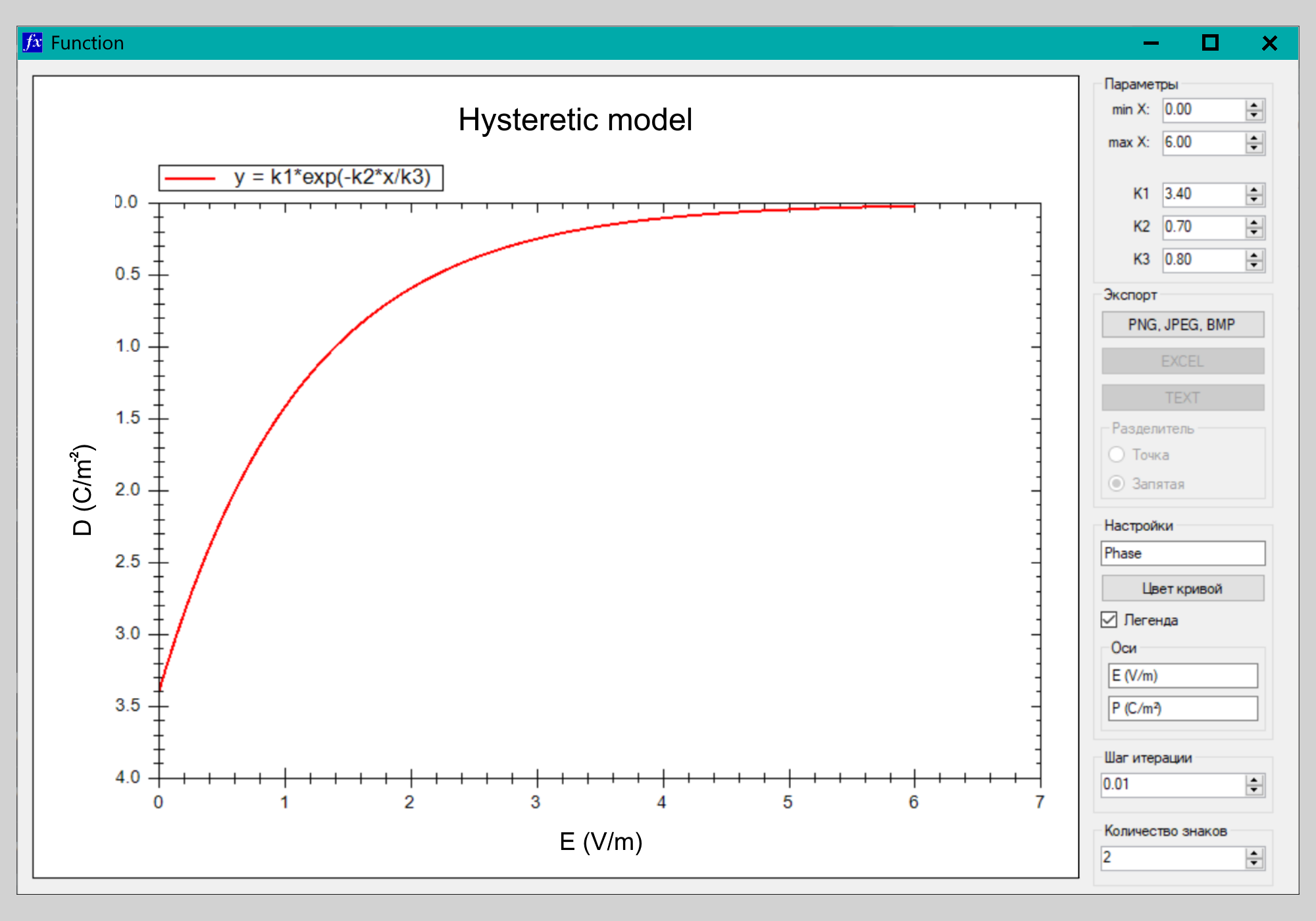
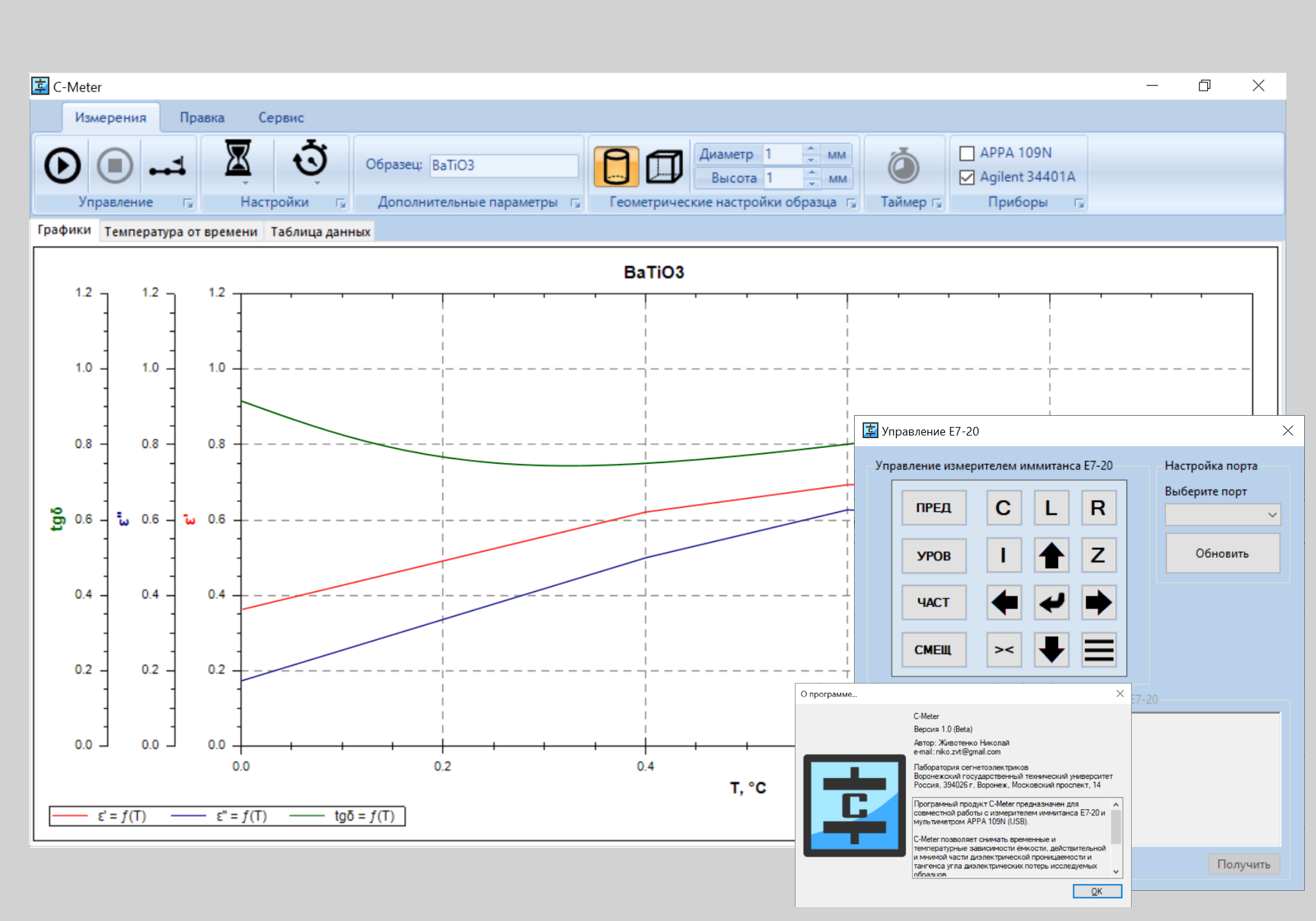
Published scientific achievements:
- Crossover from an Ordinary Ferroelectric to a Relaxor in Sr(2+x)Bi(4-x)Ti(5-x)NbxO18 (Gridnev et al., 2016);
- Relaxor Behavior of Layered Perovskite Sr2.8Bi3.2Ti4.2Nb0.8O18 (Gridnev et al., 2015);
- Crossover Normal Ferroelectric to Relaxor Ferroelectric in Sr(2+x)Bi(4-x)Ti(5-x)NbxO18 (Gridnev et al., 2015);
- Phase Transitions in a Family of New Ferroelectric Materials with a Layered Aurivillius Structure (Gridnev et al., 2015);
- Preparation and dielectric properties of (x)BiLi0.5Sb0.5O3 — (1−x)Na0.5Bi0.5TiO3 solid solution (Zhivotenko et al., 2014).
⚡️ Fun fact
In 2015, The Second Russia-China Workshop on Dielectric and Ferroelectric Materials (RuChWDFM-2) was held (Fig. 6), at which my colleagues and I presented one of the scientific papers. Can you find me?
